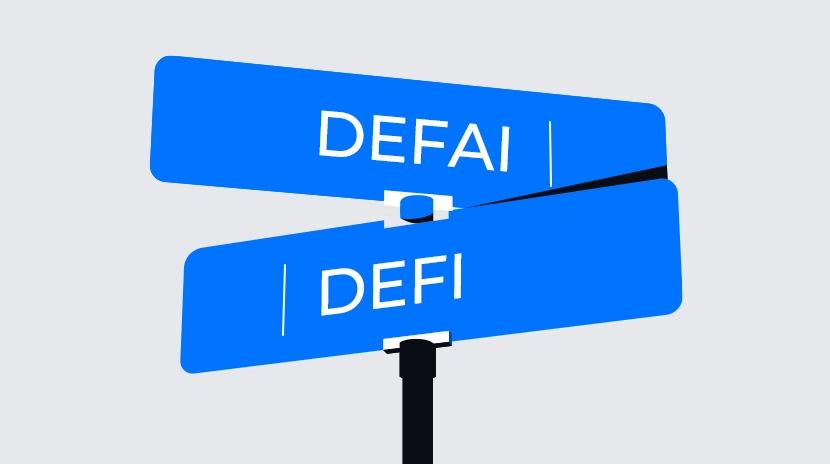Layer2 突围战,Metis 的 AI 基建狂想曲
Metis 重塑 Layer2 增长路径,聚焦 AI 基础设施,通过 Metis SDK 与 LazAI 协议打造“AI 原生执行层”,探索链上 AI 数据主权与价值分配新范式。Metis正试图在AI赛道上开辟一条独特的增长路径,书写属于自己的”重生”故事。
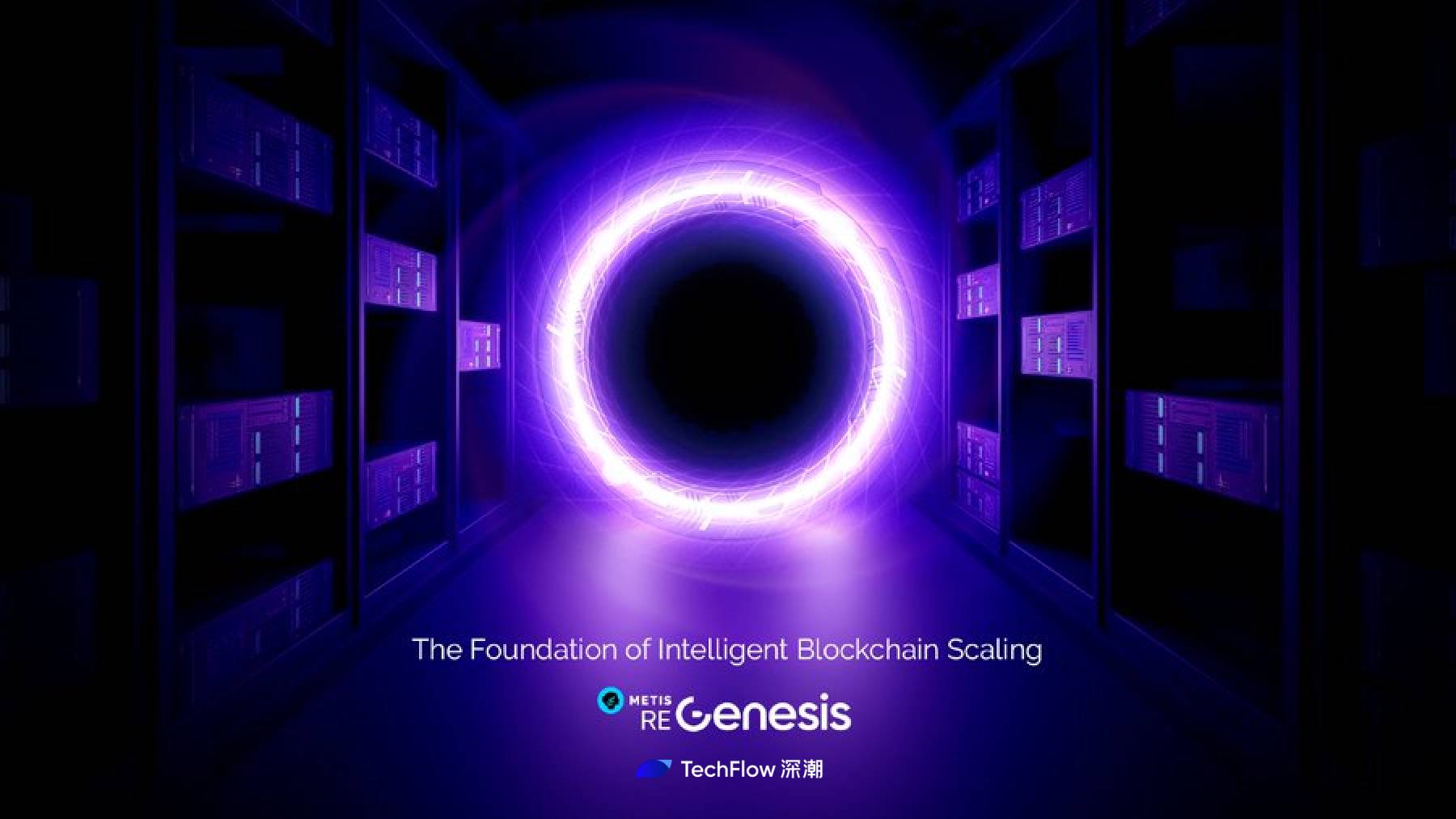
在以太坊Layer2的竞技场上,”百链大战”正陷入同质化困局——超过100条链争夺着相似的DeFi用户,复刻着雷同的智能合约,技术创新的边际效益日渐稀薄。
当整个以太坊生态面临增长瓶颈,一个曾被贴上”V神母亲闺蜜”标签的老牌Layer2 Metis,正悄然完成第三次进化:从以太坊扩容解决方案,到去中心化排序器的技术先驱,再到如今的AI专用基础设施提供者。
通过推出Metis SDK与Hyperion高性能执行层,并孵化LazAI协议,Metis正全面押注AI+Web3的融合未来。这不仅是一次技术升级,更是一场生态重构——从单一区块链项目到多网络基础设施平台。
过去一年,Solana凭借MEME叙事实现惊人反弹,Metis 正试图在AI赛道上开辟一条独特的增长路径,书写属于自己的”重生”故事。
Metis再一次重生
Metis在以太坊L2生态中独树一帜。
2018年,正值以太坊扩容需求爆发前夕,它以”MetisDAO”之名崭露头角。”V神母亲闺蜜”这一标签,不仅为项目带来了关注度,更赋予了它独特的MEME属性。
2021年,Metis一举打破外界对它的刻板印象,率先推出基于Optimistic Rollup技术的Layer 2主网Andromeda,通过数据压缩和批量提交机制,大幅降低Gas费用并提升处理效率,成为首个成功落地的OP扩容方案。
为什么说出人预料?直到此时,很多人才意识到,Metis 不是MEME,而是“技术先驱”。
2023年,Metis开发了零知识证明虚拟机(zkVM)ZKM,支持OP与ZK Rollup的混合模式,将 Optimistic Rollups 的可扩展性与 ZK Rollup 的安全性相结合,兼顾高吞吐量与低验证成本。
2024年,Metis 推出行业首个完全去中心化排序器(DSEQ),通过节点质押与治理代币METIS激励,将交易排序权移交社区,彻底解决“单点故障”风险。
然而,站在2025年初,整个以太坊生态却面临着前所未有的危机与挑战。
过去一年,支撑以太坊长期叙事的的DeFi创新逐渐遇到瓶颈,用户行为也发生了根本性转变——厌恶VC币,从追求长期愿景转向寻求短期收益最大化,这种转变直接影响了整个以太坊生态的发展轨迹。
与之对应,Solana通过牺牲部分去中心化换取极致性能的策略,成功吸引了大量用户;Base则依托Coinbase生态,打造出低门槛、高活跃度的链上体验。这些案例清晰地表明:当前用户更关注实际体验和财富效应,而非纯粹的技术理想。
技术祛魅下,各大 L2 需要抛弃幻想,自强自救。
作为行业中首个实现去中心化排序器的Layer2项目,Metis一直以”改变者”的身份作为标签。面对以太坊生态的困境,Metis 并没有躺平,再一次主动“求变”,开启了从L2到AI基础设施的战略转型。
Metis SDK:打造加密世界的AI基础设施
4月,Metis 正式发布了 Metis SDK ,让Metis 从一条单一的通用型 L2 变成赋能L2/L3的基础设施。
如果把区块链开发比作建房子,那么 Metis SDK 就是一套集成了图纸、建材和工具的”智能建筑系统”,它能帮助开发者轻松构建复杂的区块链应用,降低成本,大幅提升开发效率。
和传统的SDK相比,Metis SDK 功能更强大,且更具灵活性:不仅可以搭建自己的专属执行层,还针对AI领域进行了优化,可以开发 AI 驱动的区块链应用,并继承了Metis 的传统强项,可以部署去中心化的排序节点,实现跨链互操作。
一套强大的建筑工具包,需要用一栋伟大的建筑来证明其实力。
Hyperion 是 Metis 推出的高性能 AI 原生执行层,可以将其理解为 Metis SDK 打造的第一座智能城市,展示了这套工具的强大实力:
- 高性能计算:通过并行执行和优化的操作码处理,实现接近即时的交易确认
- AI 原生支持:内置 AI 扩展,让去中心化 AI 应用的开发变得简单直观
- 去中心化基础设施:分布式排序节点网络确保交易公平性和系统弹性
相对应,Hyperion 在实践中积累的经验也在不断反哺 SDK 的开发,推动其功能的完善和进化。
这不仅仅是一次简单的技术升级,而是 Metis 生态系统的战略性蜕变,Metis 正在完成从单一区块链项目到多网络基础设施平台的进化。
通过 Hyperion 的成功落地,Metis SDK 的实际应用价值得到了有力的技术验证,为其他开发者提供了清晰的发展路径和参考案例,同时,METIS 代币也通过 SDK 获得了真正的可编程能力,从单纯的交易媒介进化为生态系统的核心驱动力。
通过 SDK 和 Hyperion 的完美配合,Metis 不仅支持更多自定义执行层的开发和部署,还在推动 Layer 2、Layer 3 生态的繁荣发展。
生态试验田:LazAI重塑AI数据主权
基于Metis SDK,高性能 AI 原生执行层 Hyperion 应运而生,为 AI 应用铺好了高速公路,但是对于公链/L2而言,修路容易,招商难,于是 Metis 再次选择了以身入局,孵化了AI项目LazAI。
AI正从单纯的工具转变为具有一定自主性的代理,这一转变需要重新思考AI与人类的关系。
LazAI 瞄准了一个看似抽象却至关重要的命题:AI失调。
想象一下,如果AI是一位新同事,今天的情况相当于:
- 你不知道他学习了什么知识(数据来源不透明)
- 你不清楚他如何做决定(算法黑箱)
- 你无法追踪他的行为(缺乏监督)
- 你不确定他到底为谁工作(利益不明确)
这些问题的根源在于一个基本要素:数据,LazAI认为,AI失调的核心原因是数据未被定义、无法验证且未被定价。
与DeFi领域有明确的TVL、APR等价值评估指标不同,AI领域缺乏统一的价值度量标准,导致难以对AI资产进行合理定价。并且,数据提供者、模型训练者等AI生态的关键贡献者往往无法从自己的贡献中获得相应回报,价值分配严重不均。
因此,LazAI 要做的并不是一款单纯的应用程序,也不是一家模型公司,而是一个全新的AI协议,旨在重新定义数据、行为、模型和交互如何在AI原生经济中成为有价值的资产。
面对这些问题与挑战,LazAI提出了一套系统性解决方案:
iDAO(个人中心/智能DAO)
简单来说,这是一个新型组织模式,让每个人或AI代理都成为成员,共同参与治理、验证和奖励。打个比方,这就像是为AI创建了一个”社区”,每个参与者都有发言权和责任,确保AI的发展方向符合集体利益,而不是如脱缰野马,失去控制。如同数字世界的「雅典学院」,将数据主权交还给每个个体,开发者、训练者、贡献者通过DAO机制形成动态制衡。
DAT(数据锚定通证)
这是一套由LazAI开发的数据资产化标准,不是普通的NFT,而是一种半同质化通证,将抽象的数据价值转化为可流通的加密资产,并记录AI资产的全生命周期。
举个例子,如果传统NFT是证明”这张图片属于你”,那么DAT则是证明”这段数据如何被创建、使用、训练,以及产生了什么影响”。它将静态数据转变为动态资产,就像把一张照片变成了一部记录其影响力的纪录片。
验证计算
这就像是AI的”行车记录仪”,让模型执行、推理和行为变得透明可查。通俗地说,它确保AI的每一步操作都是可证明、可追踪的,就像金融交易有账本一样,为AI行为提供了可信基础,也让AI资产的定价更符合真实市场需求。
这三大要素并不是各自独立,而是相辅相成,共同构成完整的从数据投喂到AI资产发行的体系。
例如,在AI小模型训练中,参与者通过提供数据,验证计算进行验证确权,DAT确权并进行资产发行,iDAO用于去中心化治理,并进行价值分配。
作为AI数据协议,LazAI并非独立存在,而是作为协议层构建在Metis生态系统内,Metis作为通证层,提供统一的治理和激励机制;Hyperion作为执行层,实时处理高性能AI交互。
这三层结构共同形成了一个完整的AI+Web3引擎,未来,LazAI有望成为Metis AI生态的“飞轮引擎”:更多用户加入→更优质数据→更聪明模型→更多应用场景→吸引更多用户。
Metis能否复刻“Solana级增长神话”?
在L1/L2遍地的当下,各条链的竞争已不仅是技术性能的比拼,更是生态战略与叙事落地的较量。
回顾Solana的二次崛起,稳定的技术底层是第一步,解决了宕机等问题后,Solana实现超万级TPS,凭借速度与低费率成为高并发场景(如高频交易)的首选链。
有了完善的基建,Solana又成功找到了落地场景——Meme和Depin,在meme浪潮推动下,Solana生态交易量屡创新高。
虽然有声音质疑Solana过度依赖MEME币等投机性项目,但不可否认的是,这种策略为其带来了显著成效:大量交易量带来充沛流动性,完善的基础设施吸引开发者,成熟的开发者生态催生新项目,新项目反哺整体生态。
这种循环构建起了Solana的流动性护城河,让它在熊市中实现了惊人的反弹。
如果说Solana是通过Meme找到了自己的产品市场契合点(PMF),那么Metis则将目光投向了更具战略性的AI赛道。在MEME赛道已趋饱和的当下,Metis选择All in AI具有独特优势:
蓝海市场空间:AI与区块链的融合仍处于早期阶段,市场规模和潜力远超此前的Meme赛道。Metis作为首批专注于构建AI基础设施的区块链项目,有机会在这个新兴领域建立先发优势和品牌认知。
技术差异化:Metis的Hyperion架构专为AI工作负载优化,提供高并发处理能力,解决了传统区块链网络难以支持AI实时计算的痛点。其模块化验证框架和数据处理能力,为AI模型训练和推理提供了理想环境。
价值捕获创新:通过LazAI协议,Metis创造了一套全新的数据价值捕获和分配机制。
与其他仍在寻找转型方向的公链不同,Metis已经明确了自己的赛道定位——成为AI原生应用的首选基础设施。这一战略不仅避开了与以太坊、Solana等巨头的正面竞争,还开辟了一条差异化发展路径。
Metis的突围路径可归纳为:以面向AI的高性能计算基础设施为矛,以创新的SDK框架为盾,借LazAI协议生态撬动爆发式增长。
LazAI作为Metis生态的核心协议,通过其独特的iDAO、DAT和验证计算三位一体架构,为AI与区块链的深度融合提供了理论和技术基础。而Metis SDK则进一步降低了开发门槛,使得更多开发者能够便捷地在Metis上构建AI应用。这种”协议+工具”的组合,极大地扩展了Metis的生态潜力和应用场景。
从”V神母亲闺蜜”到Layer2先驱,再到AI基础设施开拓者,Metis的每次转型都展现了项目方的执行力和韧劲。
在加密资产的下一轮叙事浪潮中,Metis 能否突围成为 AI 赛道的领头羊?让我们拭目以待。
声明:
本文转载自 [深潮 TechFlow],著作权归属原作者 [深潮 TechFlow],如对转载有异议,请联系 Gate Learn 团队,团队会根据相关流程尽速处理。
免责声明:本文所表达的观点和意见仅代表作者个人观点,不构成任何投资建议。
文章其他语言版本由 Gate Learn 团队翻译, 在未提及 Gate.com 的情况下不得复制、传播或抄袭经翻译文章。
相关文章
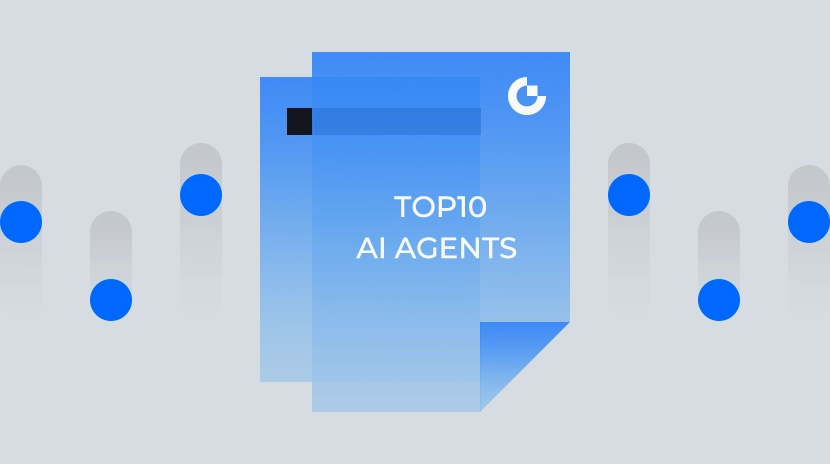
一文盘点 Top 10 AI Agents

解读 Vana 的野心:实现数据货币化,构建由用户主导的 AI 开发生态
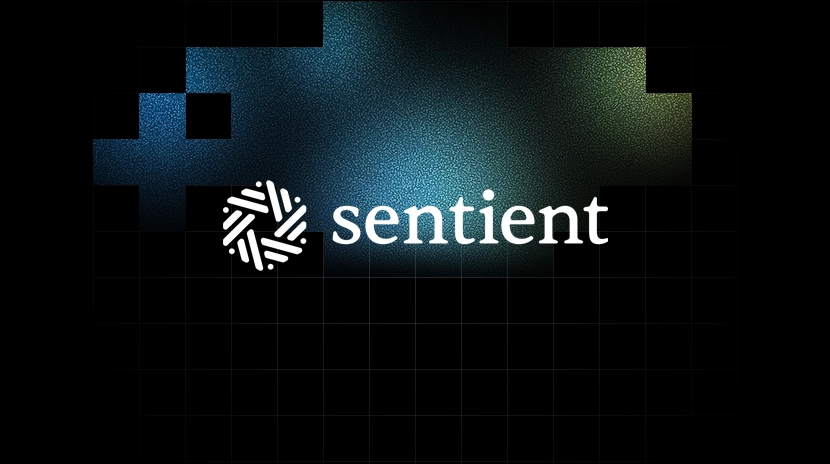
Sentient AGI:社区构建的开放 AGI
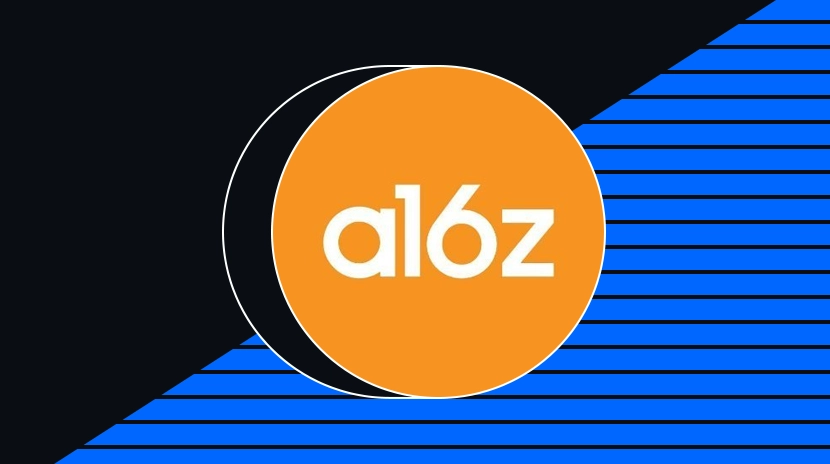
一文读懂 Eliza 和它背后的价值逻辑
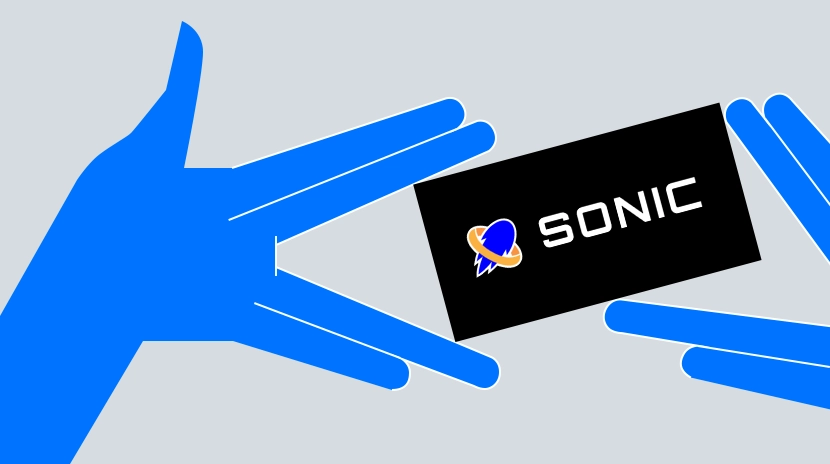
探究 Smart Agent Hub 背后: Sonic SVM 及其扩容框架 HyperGrid
